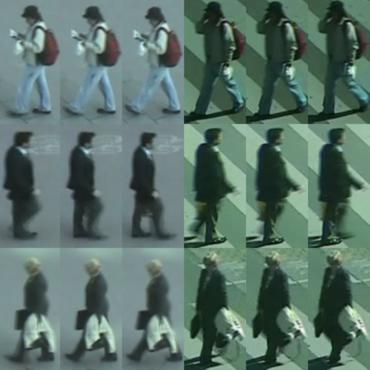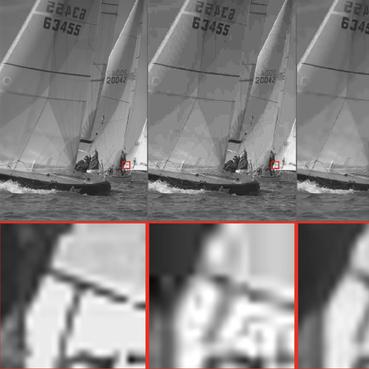Super-Resolution Person Re-Identification With Semi-Coupled Low-Rank Discriminant Dictionary Learning
Person re-identification has been widely studied due to its importance in surveillance and forensics applications. In practice, gallery images are high-resolution (HR) while probe images are usually low-resolution (LR) in the identification scenarios with large variation of illumination, weather or quality of cameras. Person re-identification in this kind of scenarios, which we call super-resolution (SR) person re-identification, has not been well studied. In this paper, we propose a semi-coupled low-rank discriminant dictionary learning (SLD^2L) approach for SR person re-identification. For the given training image set which consists of HR gallery and LR probe images, we aim to convert the features of LR images into discriminating HR features. Specifically, our approach learns a pair of HR and LR dictionaries and a mapping from the features of HR gallery images and LR probe images. To ensure that the converted features using the learned dictionaries and mapping have favorable discriminative capability, we design a discriminant term which requires the converted HR features of LR probe images should be close to the features of HR gallery images from the same person, but far away from the features of HR gallery images from different persons. In addition, we apply low-rank regularization in dictionary learning procedure such that the learned dictionaries can well characterize intrinsic feature space of HR and LR images. Experimental results on public datasets demonstrate the effectiveness of SLD^2L.
PDF Abstract



 VIPeR
VIPeR